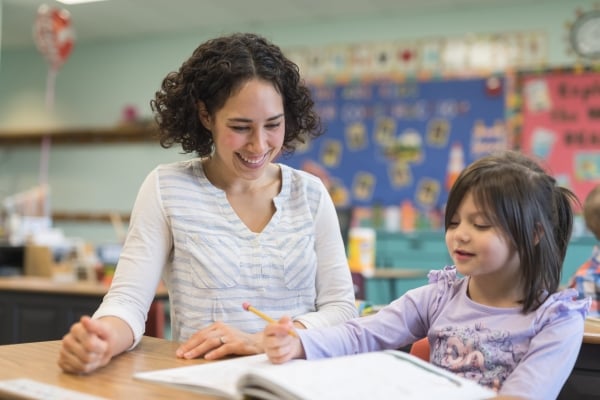In today’s diverse classrooms, teachers are faced with the challenge of effectively educating students who come from a variety of linguistic backgrounds. For many educators, this means equipping themselves with the skills and resources needed to effectively teach multilingual learners in English. This task can be daunting, but when approached with a positive partnership mindset, teachers can successfully support their students in their language development and academic achievement.
One of the key components of positive partnership in teaching multilingual learners is collaboration. Teachers must work closely with their colleagues, school leaders, and families to create a supportive learning environment for these students. By sharing resources, strategies, and best practices with one another, educators can develop a more comprehensive approach to meeting the needs of multilingual learners in their classrooms.
Another important aspect of positive partnership in teaching multilingual learners is professional development. Educators must continuously seek opportunities to enhance their knowledge and skills in supporting students who are learning English as a second language. This can involve participating in workshops, conferences, and online courses that focus on best practices for teaching multilingual learners. By investing in their own professional growth, teachers can better serve their students and help them succeed academically.
In addition to collaboration and professional development, providing a supportive and inclusive classroom environment is essential for teaching multilingual learners in English. Teachers must create a safe and welcoming space where all students feel valued and respected for their linguistic backgrounds. By celebrating diversity and embracing multiculturalism, educators can foster a sense of belonging and unity among their students, regardless of their language proficiency.
Furthermore, teachers must differentiate instruction to meet the individual needs of multilingual learners. This may involve using visual aids, hands-on activities, and technology to support students in their language development. By incorporating a variety of teaching strategies and techniques, educators can cater to the diverse learning styles and abilities of their students, ultimately promoting their academic success.
In conclusion, positive partnership is essential for equipping students to teach multilingual learners in English. By working collaboratively with colleagues, seeking professional development opportunities, creating a supportive classroom environment, and differentiating instruction, teachers can effectively support their students in their language development and academic achievement. With a positive partnership mindset, educators can make a meaningful impact on the lives of multilingual learners and help them succeed in school and beyond.


